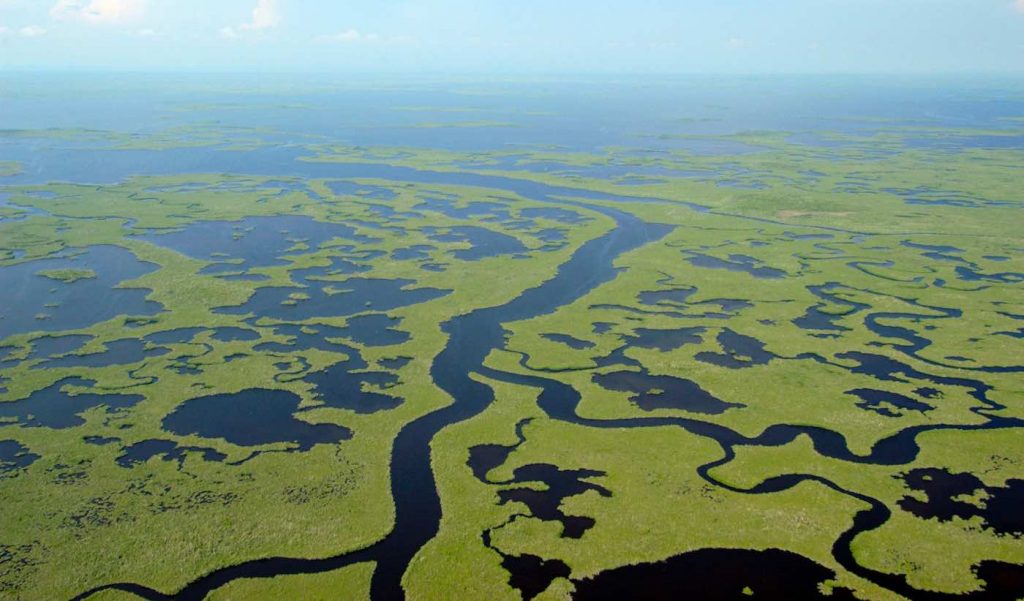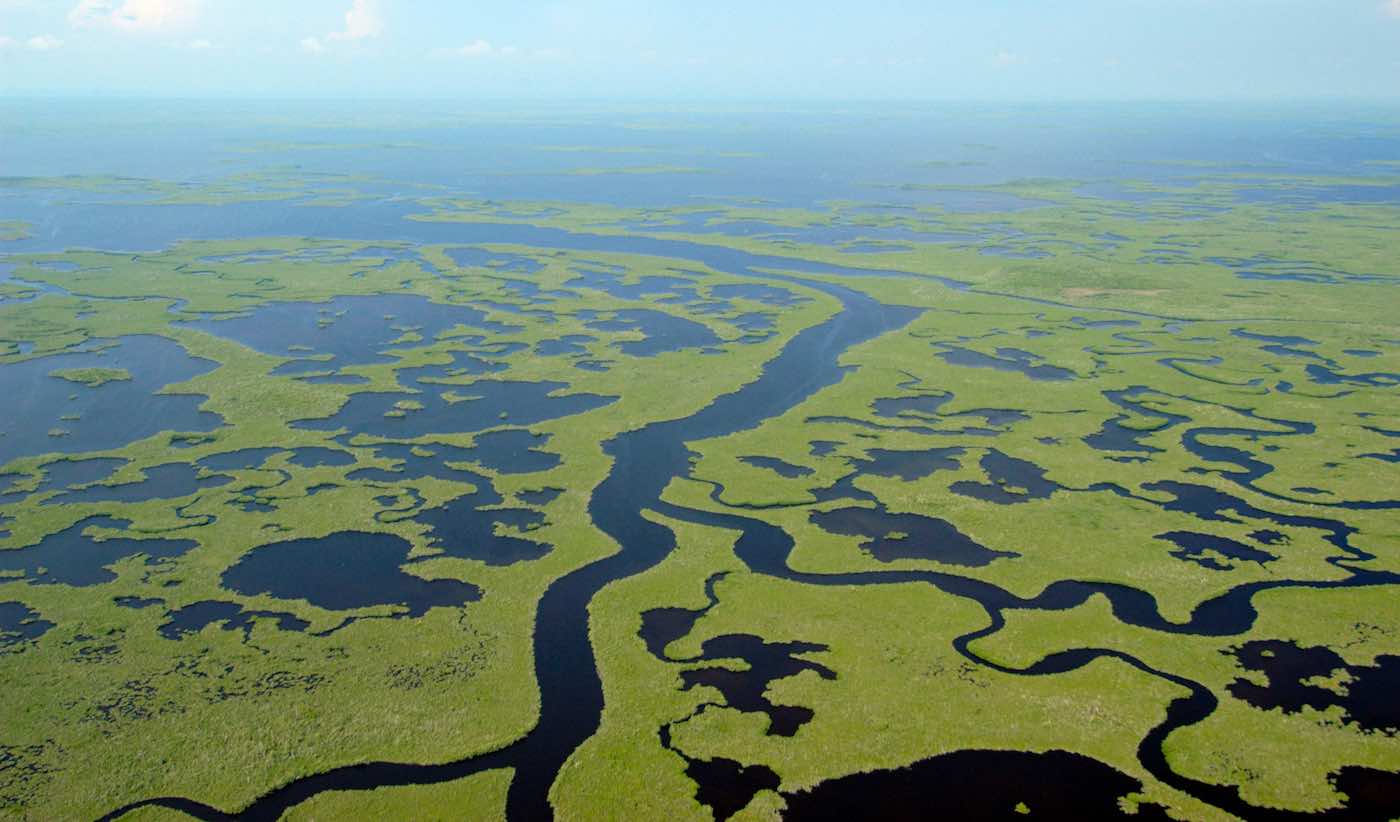
24 years ago, a fledging Good News Network reported on a vote in Congress to restore the Florida Everglades.
Rep. Clay Shaw, (R – FL) who left office in 2007, and who passed away a decade ago, called the plan “the biggest environmental restoration project in the history of the world” at the time, which aimed to undo the Army Corps of Engineers “Drain the Everglades” project which started in 1949.
Today, that plan is now in full effect, with over 60 infrastructure projects earmarked for $20 billion that will perform ecosystem-wide “heart bypass surgery.” The Florida fiscal year 2024 budget alone included $740 million for this kind of work, which the Everglades Foundation applauded.
As featured in CBS Mornings, the Drain the Everglades project disconnected Lake Okeechobee from feeding the Everglades ecosystem. This large lake gradually fed the 300-mile-wide river of grass that is the Everglades, and when it was removed, the water quality and quantity declined precipitously.
As wet as it is, South Florida has experienced a catalogue of environmental problems stemming from the loss of water from Lake Okeechobee, including seagrass die-offs, exacerbation of red tide, wildfires in the Everglades ecosystem, and blue-green algae blooms.
Reconnecting the “beating heart,” or the lake, to the millions of acres its water helps refresh is the aim of the modern-day restoration effort.
The first step was to build a large reservoir south of the lake, which has been partially completed already. The next will be to raise up the Tamiami Road, an east-west byway that cuts significant water flow off to the southern Everglades.
OTHER ECOSYSTEM RESTORATION: World’s Largest Oyster Restoration Is Big Success – Fulfilling Virginia’s Promise to Chesapeake Bay Rivers
Florida sugar plantations are also an impediment to the restoration work. Runoff from the agricultural fields would otherwise contaminate the Everglades, and the state has responded by building the largest man-made wetland on Earth (63,000 acres) to capture the runoff.
The construction was paid for upfront by the state, with polluters footing the financing in the form of a pollution tax, levied particularly hard on the large sugar plantations, CBS reports.
It’s estimated the reservoir will be finished by 2036, and restoration participants believe it won’t be for another 15 years that the landscape and the people of South Florida really begin to experience the benefits of these projects.
MORE AMERICAN SWAMPS: Unprecedented Gift Preserves 8,000 Acres of ‘The Land Between the Rivers’ in Alabama: ‘America’s Amazon’
But these are all small incremental steps in a project that might not intend to move heaven, but certainly the earth, to give South Florida’s wildlife, wetlands, and people back the healthy river of grass that has no equal in size and complexity anywhere in the world.
WATCH the story below with CBS Morning’s Jeff Glor…
SHARE This Inspiring Work With Your Floridian Friends…




















